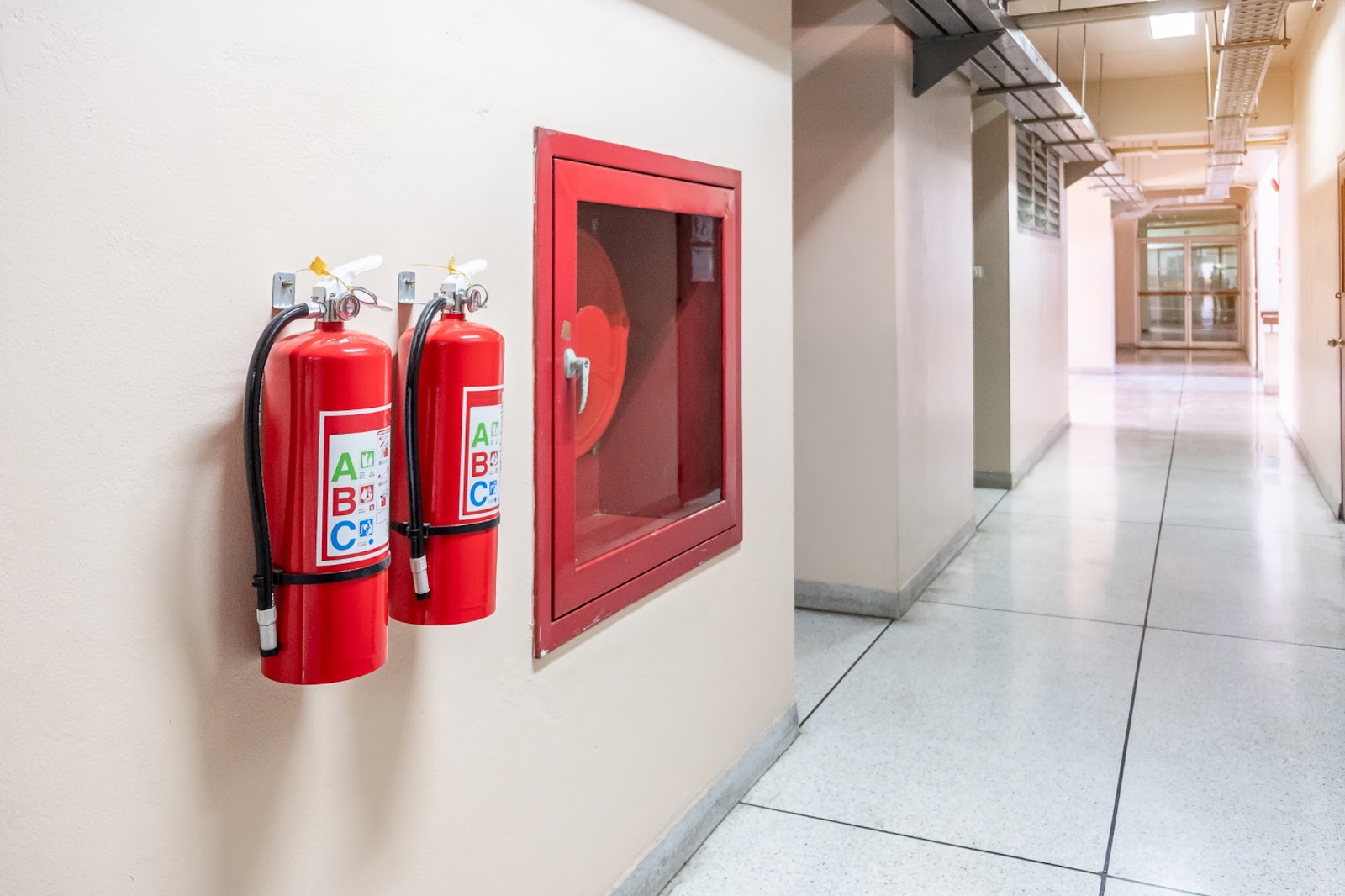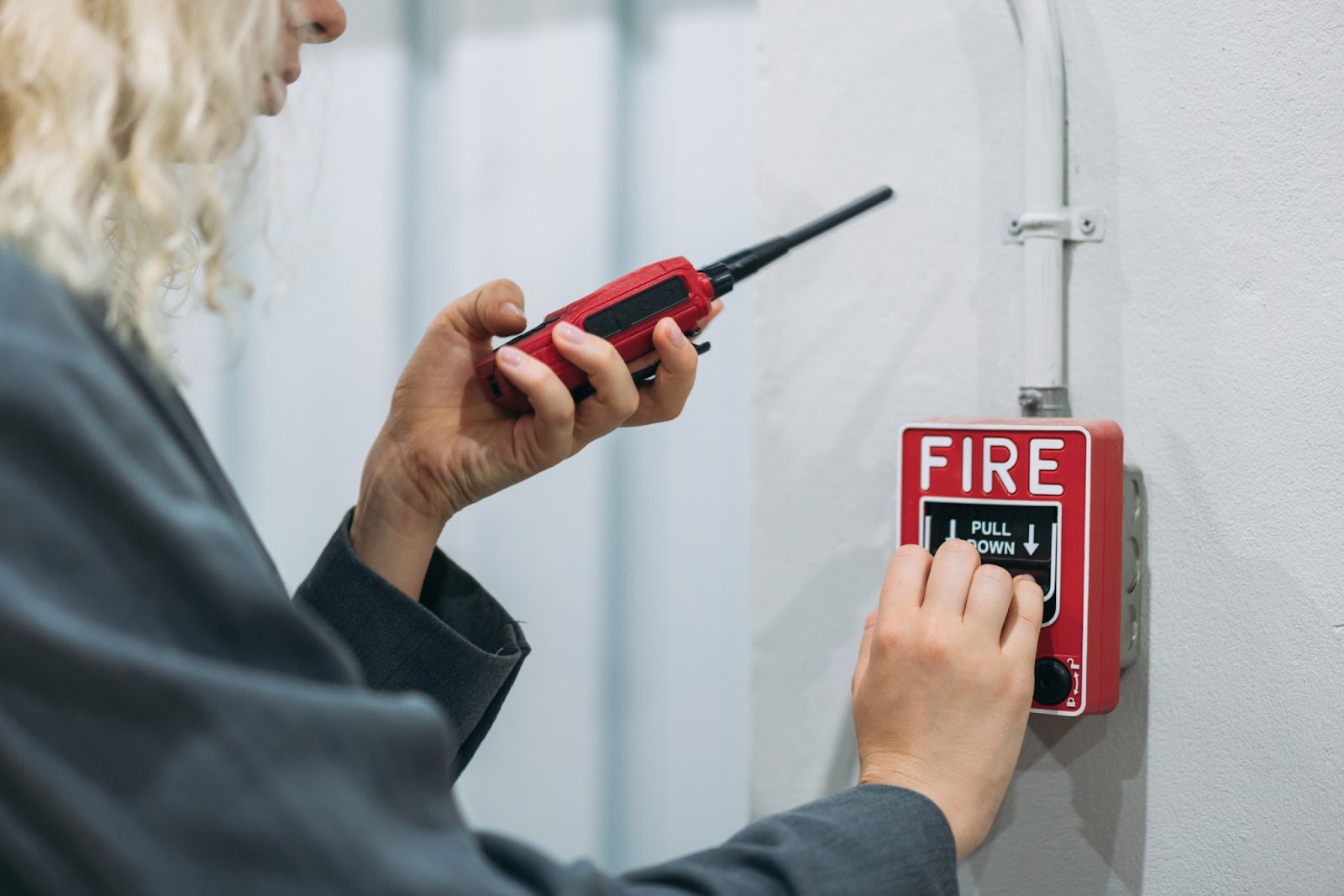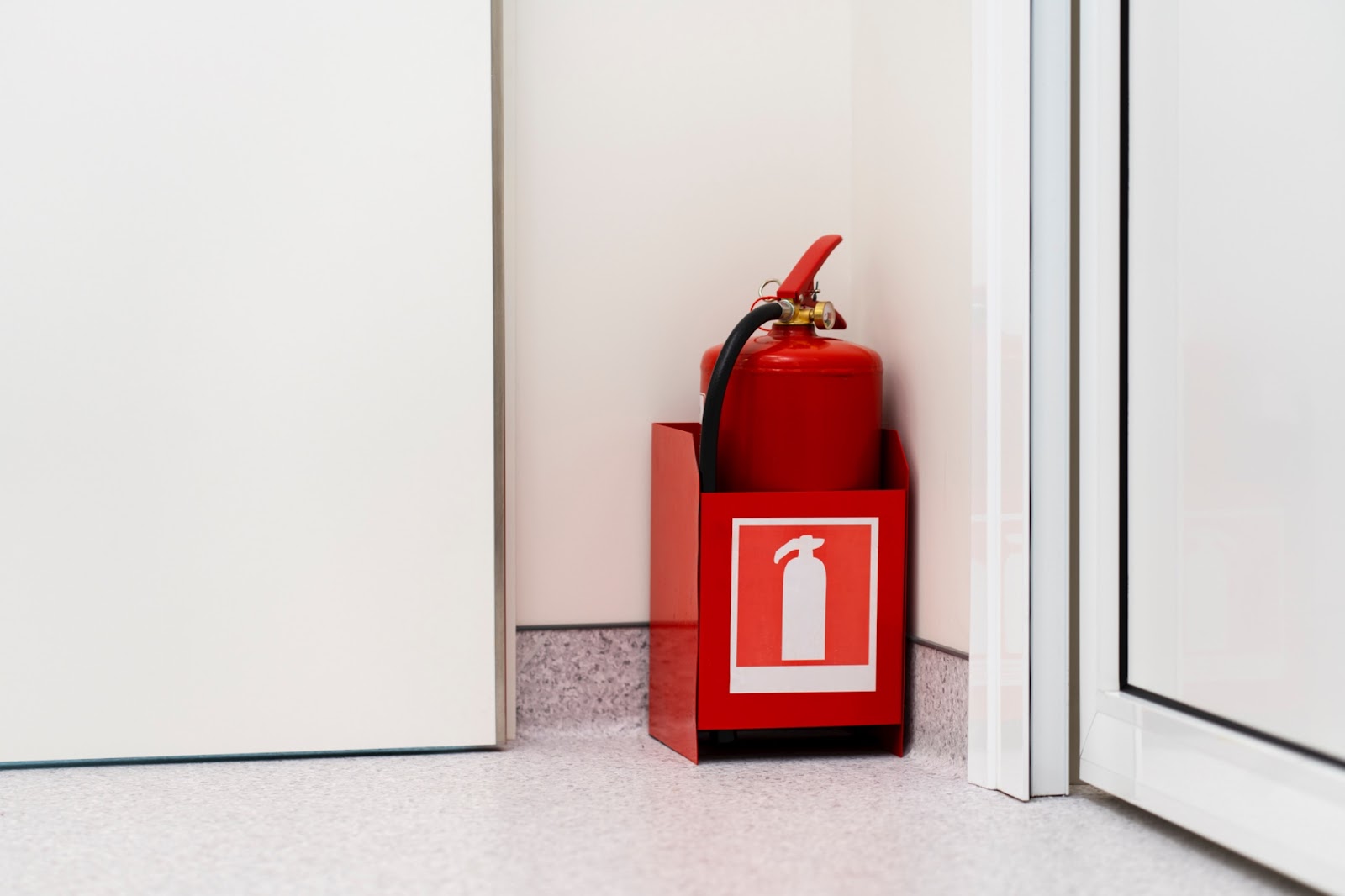Fire is one of the most destructive forces that can threaten commercial buildings. Without fire protection systems, companies risk losing assets, exposing employees to danger, and incurring high downtime. A goodfire protection system is necessary for safety and adherence to fire codes. This paper discusses various fire protection systems, their elements, and why they are essential in commercial buildings.

Understanding Fire Protection Systems
Fire protection systems are made to sense, extinguish, and regulate fires to ensure minimal damage and loss of life. They can be classified into two broad categories:
1. Active Fire Protection Systems
Active fire protection systems require some action to detect or control fire, automatically or manually. A few of them are:
-
Fire Sprinklers: Computerized systems that release water once they detect too much heat.
-
Fire Suppression Systems: Use chemicals, gas, or foam instead of water, ideal for delicate areas like server rooms.
-
Fire Extinguishers: Handheld extinguishers to extinguish small fires before they become big.
-
Smoke Detectors & Fire Alarms: Activates smoke and heat sensors to alert occupants and emergency personnel.
2. Passive Fire Protection Systems
Passive fire protection systems work by containing or slowing down the progression of fire with fire-resistant materials. They include:
-
Fire-Rated Walls, Floors, and Doors: Built of materials that resist fire to slow down fire spread.
-
Fireproofing Materials: Applied to structural elements to maintain building integrity during a fire.
-
Compartmentalization: Splits different sections of a building to confine fire and smoke.
Fire Safety Equipment Mandatory for Commercial Buildings

A commercial building's fire safety system needs to have more than one level of protection. Some of the most important fire safety elements include:
1. Fire Alarms and Detection Systems
Smoke alarms and fire alarms are the first line of defense as they alert building occupants to danger. They consist of:
-
Smoke Detectors: Detect smoke and send a message for the alarm to sound.
-
Heat Sensors: Sense a rise in temperature which would be a sign of fire.
-
Manual Pull Stations: Give occupants a choice to initiate an automatic alarm manually.
-
Emergency Notification Systems: Alert building occupants as well as emergency services.
2. Sprinkler and Fire Suppression Systems
Fire suppression and sprinkler systems play a very significant role in extinguishing or suppressing fires before they become uncontrollable:
-
Wet Pipe Sprinklers: Have water in them at all times, which responds immediately to heat.
-
Dry Pipe Sprinklers: Employ compressed air to avoid freezing undercold conditions.
-
Foam and Chemical Suppression Systems: Applied where high hazards exist, such as in kitchens and computer data centers where water damage cannot be tolerated.
-
Gaseous Suppression Systems: Use CO2 or clean agents to smother fires without harming sensitive equipment.
3. Fire Extinguishers
Fire extinguishers smother and support up to small fires before they become big ones. The extinguisher used depends on the potential fire hazards in the building:
-
Class A: Wood, paper, and other everyday combustibles.
-
Class B: Oil, gasoline, and other combustible liquids.
-
Class C: Electrical fires.
-
Class D: Combustible metals.
-
Class K: Grease and oil cooking fires.
4. Emergency Exit & Evacuation Systems
Evacuation is secured during fire. The significant features are:
-
Illuminated Exit Signs: Designated emergency exits.
-
Emergency Lighting: Lighting facility in the event of power failure.
-
Fire Escape Ladders: Secondary means of escape from higher floors.
The Role of Fire Protection Systems in Commercial Buildings

1. Early Fire Detection and Response
Optimally maintained fire protection systems allow fires to be detected in a timely fashion to allow for rapid response and evacuation. Alarms, smoke detectors, and suppression systems possess a high potential for limiting the capability for producing catastrophic destruction.
2. Fire Safety Codes Compliance
Fire protection systems should be compliant with national fire safety laws as well as global standards like those of the National Fire Protection Association (NFPA). Failure to comply exposes businesses to fines, lawsuits, as well as withdrawal of business permits.
3. Safety of Lives and Properties
Fire protection systems save lives and reduce economic losses. Properties that are equipped with sprinkler and alarm systems experience far less fire-related deaths and damage to property.
4. Business Continuity
Fires can also result in significant downtime, with the resultant cost losses. Properly maintained fire protection systems facilitate business recovery at a faster pace by minimizing fire damage.
Best Fire Safety Practices for Businesses
Although the possession of a fire protection system is vital, anticipatory fire safety practices add value to protection. Companies should:
-
Perform frequent fire drills to make staff accustomed to evacuation procedures.
-
Train staff in using fire extinguishers and emergency procedures.
-
Inspect fire safety equipment regularly to ensure proper working.
-
Eliminate fire hazards like overloaded power points and combustible materials.
-
Develop a good fire safety program with complete emergency procedures and responsibilities.
Conclusion
An integrated fire protection system is a critical component in the security of commercial buildings against fire hazards. Through active and passive fire protection methods, businesses can be secure, compliant, and prevent maximum losses. Spending on quality fire protection systems, like those of Firetronics, ensures affordable and efficient fire safety measures. Spending on fire prevention and readiness is not merely the law, but a duty that saves life and properties.
 Tasselline | Latest Articles By Singaporeans, for Singaporeans Article Site for Singaporeans
Tasselline | Latest Articles By Singaporeans, for Singaporeans Article Site for Singaporeans